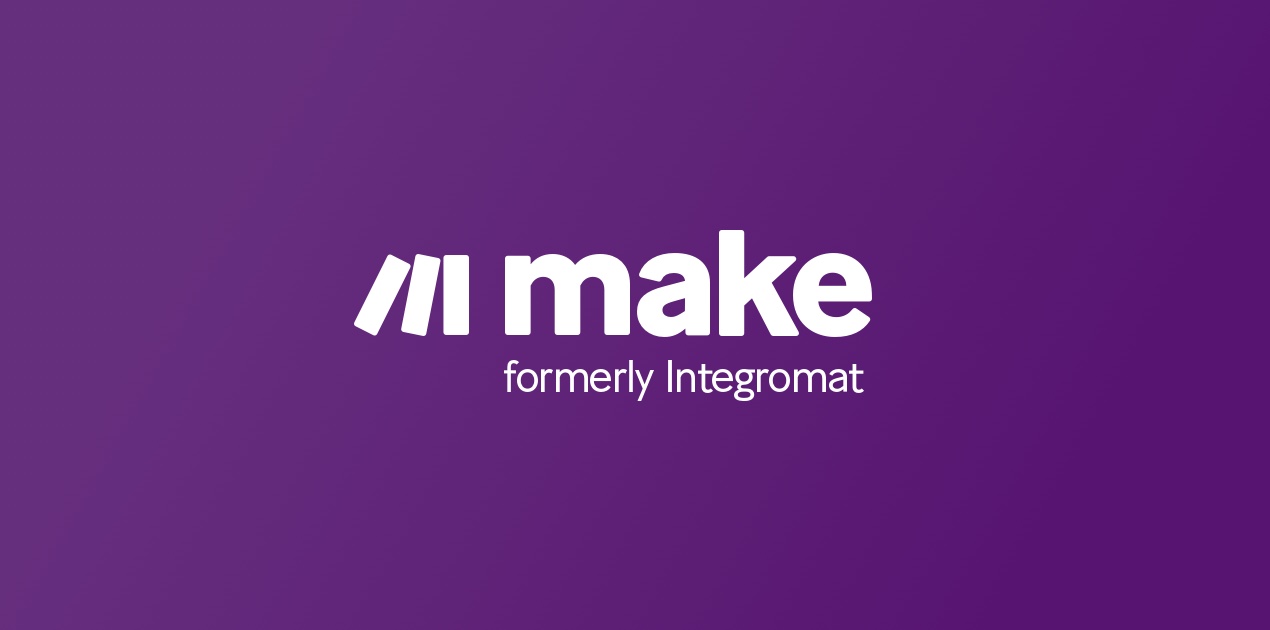In any burgeoning tech startup or established business implementing integrations to leverage different services isn’t a new thing. In fact, it has significantly evolved from an enhancement tool to a necessitous component of the tech domain. In this post, we will delve into using n8n as an integration engine and explore the possibilities and potential caveats of doing so.
n8n, an open-source workflow automation tool, offers a platform that empowers companies to connect different services with custom workflows. To simplify the jargon, n8n is analogous to a transmission, efficiently conducting power from service to service, integrating disparate systems behind the scenes.
Now, the idea of using n8n as an integration engine presents certain intriguing opportunities and challenges.
On the opportunities facet, using n8n can drastically reduce the time and effort required to write these integrations. Engaging n8n to work behind the scenes, handling workflows between various services allows businesses to accelerate their integration processes and expand their reach and functionality promptly. Moreover, using n8n behind the scenes means that users won’t have to alter their way of using your service for the integrations to function. Instead, these workflows will be set in motion based only on API calls dedicated to different users.
One key learning for businesses planning to leverage n8n is to truly understand the capacity required to handle the flow of information to the n8n server. Preparing your system to run the n8n engine would require you to think about how your business wants its services to communicate with n8n, whether it’s through a message broker accepting requests as they come or if n8n should reach out to a service’s API on a set schedule, or perhaps a combination of both.
Now, let’s delve into the caveats. First, using n8n behind the scenes without your users involved may create a lack of transparency. It’s essential to better communicate this approach to users and gain their consent, maintaining user trust while also leveraging n8n’s potential. Secondly, considering the robustness and security of the n8n solution is crucial. The system should be well-equipped to react to a potential crash, ward off security threats, and be flexible for shifting between networks and clouds as per the requirements. Lastly, businesses need to be aware of the fair-code license associated with n8n, which stipulates that if a business indirectly or directly generates revenue using n8n, they would need to acquire a special license.
In conclusion, the integration world is vast, briskly evolving, and holds an enormous potential to create value for businesses. Utilizing n8n as an integration engine behind the scenes can drastically reduce time and cost, increase reach, and free up resources to concentrate on core functionalities. However, this approach isn’t free from caveats; it demands mindful planning, effective communication and a detailed understanding of the integrations to truly realise its potential. But the effort seems to be worth it, considering the value it brings to businesses ready to embark on this journey.

